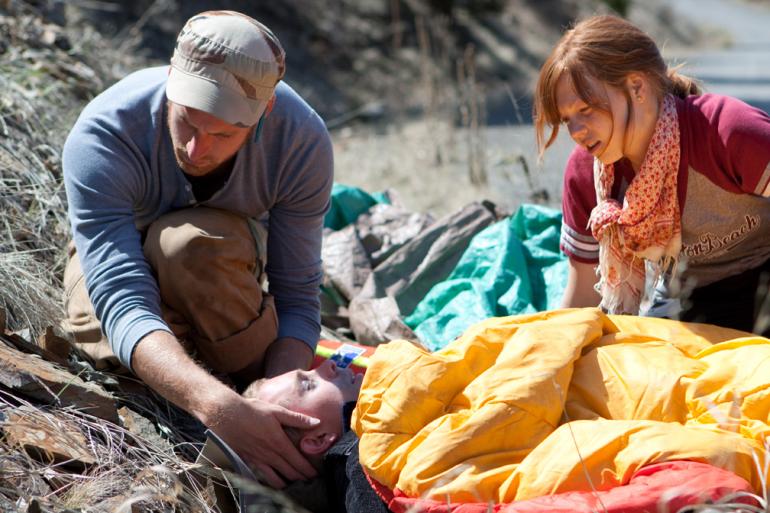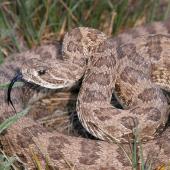An Ounce of Prevention
It’s a beautiful late July afternoon. You and your best friend are biking your favorite singletrack: the Wall of Death. Out in front, as you maneuver a challenging downhill stretch, you hear your friend let out a yell. You turn around to look and she’s gone. Then you see her bike a good 25 feet below the trail. Another ten feet below her bike, you spot your friend piled up in a tangle of alders. It’s obvious she’s hurt. She’s unresponsive. Her helmet is cracked and you see blood on her forehead. Her right leg is bent at an odd angle. Your friend—bleeding and unconscious—is in a serious, life-threatening situation. You feel a panic building as you think, “What should I do now?”
I recently participated in an Aerie Backcountry Medicine Wilderness First Aid class, learning how to answer that question with skill, speed, and composure. Training scenarios, orchestrated by Aerie instructors Ellie Thompson and Eddie Olwell, were the norm over the two-day class—each developed to reflect real-life situations like the one above. The result is that your response becomes automatic. First, size-up the scene. Next, determine if the is patient responsive. If there is any reason to suspect spinal trauma, hold the patient’s head and stabilize it. Third, do a quick—yet critical—initial assessment. Utilize the ABCs of wilderness first aid: assess the airway, assess the breathing, and assess circulation. And then, react accordingly.
According to the journal Wilderness & Environmental Medicine, upwards of 200,000 people are treated each year in the United States for outdoor recreation injuries. In their study, the 20- to 29-year-old age group accounted for the single largest percentage of all reported injuries. Snowboarding, mountain biking, and hiking were among the leading activities associated with outdoor recreation injuries. Twenty to twenty-nine-year-old snowboarders and mountain bikers—sounds a lot like Bozeman.
Dave McEvoy, Aerie’s founder, has worked with a team of wilderness medicine professionals to develop a series of courses that aim to be “interactive, challenging, and fun.” Says McEvoy, “Aerie courses prepare students by teaching injury and illness prevention, patient assessment, improvised care, and the thought processes that are unique when caring for patients in remote settings.”
The class provided a “tool box” that benefited all of us who frequent the great outdoors. As the Aerie website points out, “Because access to professional assistance and pre-made rescue equipment is limited in most backcountry contexts, long-term and improvised care is often required. Prevention and sound decision-making play a far more important role in a wilderness medicine setting than they do in the city.” With this in mind, return to the Wall of Death scenario and ask yourself: “What would I do now?” Would you have the presence of mind and skills at hand to save the life of your friend? Perhaps it’s time for some training or a refresher in wilderness emergency medicine.
Aerie Backcountry Medicine is based in Missoula and runs courses in Bozeman throughout the year. For more info, visit aeriemedicine.com.












